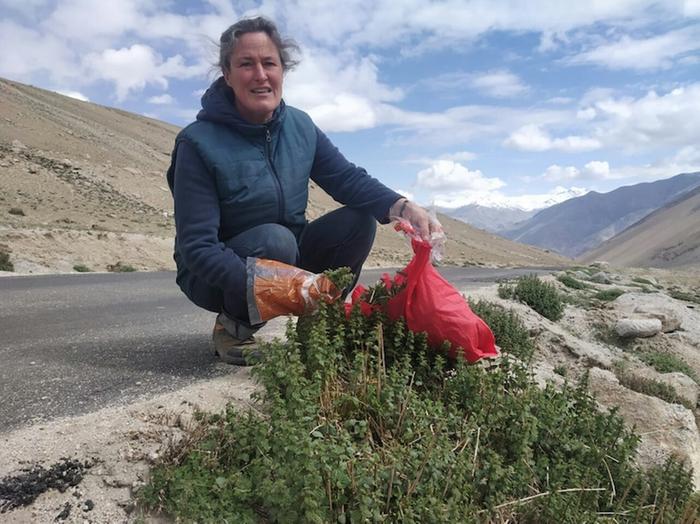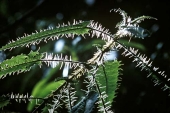

 20
20




How Permies works: https://permies.com/wiki/34193/permies-works-links-threads
My projects on Skye: The tree field, Growing and landracing, perennial polycultures, "Don't dream it - be it! "
 2
2





 3
3




 11
11




 12
12




Life's too short, eat desert first! [Source of quote unknown]
You have to be warped to weave [ditto!]












 9
9




How Permies works: https://permies.com/wiki/34193/permies-works-links-threads
My projects on Skye: The tree field, Growing and landracing, perennial polycultures, "Don't dream it - be it! "
 5
5




Lamiums, commonly known as deadnettles, are an interesting group of plants that superficially resemble stinging nettles. In fact, they don't have any stinging ability and their resemblance to stinging nettles is to deter herbivores from eating them. Species can be annuals or perennials, with many valued for their ground cover abilities, pollinator-friendly flowers and preference of shady areas.
Invasive plants are Earth's way of insisting we notice her medicines. Stephen Herrod Buhner
Everyone learns what works by learning what doesn't work. Stephen Herrod Buhner












 10
10






How Permies works: https://permies.com/wiki/34193/permies-works-links-threads
My projects on Skye: The tree field, Growing and landracing, perennial polycultures, "Don't dream it - be it! "
 8
8




 6
6




Zone 6, 45 inches precipitation, hard clay soil
















 8
8




How Permies works: https://permies.com/wiki/34193/permies-works-links-threads
My projects on Skye: The tree field, Growing and landracing, perennial polycultures, "Don't dream it - be it! "
 7
7




Nancy Reading wrote:Interesting observation Maieshe. We have a damp cool climate, so presumably the nettles generally are less stingy then, (although I wouldn't have noticed this myself) We have observed locally that they tend to grow rather tougher in general - so not as nice for edibles, even when my friend imported a plant that was nice elsewhere, it grew hairier here.
 7
7




Certified Veganic grower in the high desert, on basalt.
 9
9




 6
6




"Also, just as you want men to do to you, do the same way to them" (Luke 6:31)
 5
5




 7
7




With blessings, always
 6
6




 5
5




 4
4










 7
7




Nick Mick wrote:Can wood nettle cross pollinate with stinging nettle? Mine still sting allot which I want because I use it for joint pain.
"Also, just as you want men to do to you, do the same way to them" (Luke 6:31)
 8
8





 10
10




R-T Warren wrote:Definitely food for thought. We live in the hot, arid, and windy high desert, and our nettles are brutal... tough and nasty, no way would we touch them never mind eat them... we stay as far away as possible, I think this variety chases people too.
I have always wondered about people handling and eating them, I never understood it, but most of these folks were from much milder, wetter climates.

Works at a residential alternative high school in the Himalayas SECMOL.org . "Back home" is Cape Cod, E Coast USA.
 3
3





|
You would be much easier to understand if you took that bucket off of your head. And that goes for the tiny ad too!
The new permaculture playing cards kickstarter is now live!
https://www.kickstarter.com/projects/paulwheaton/garden-cards
|




